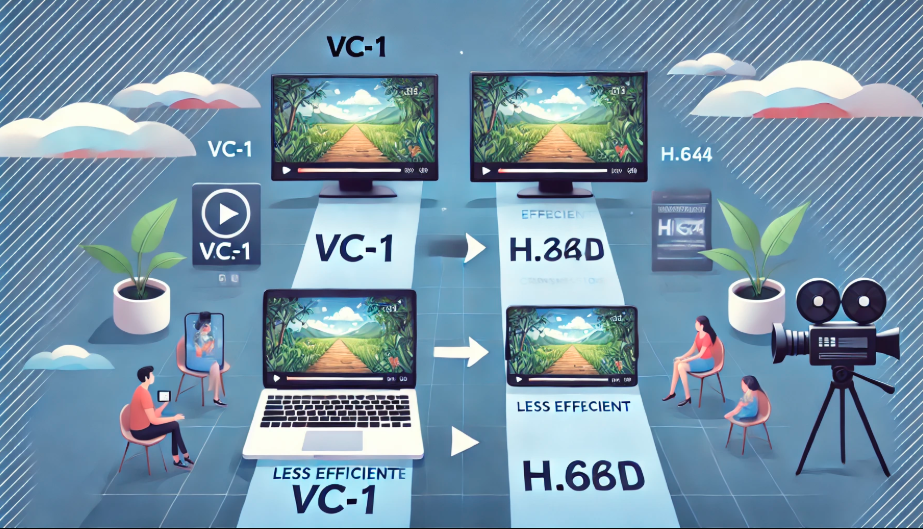Introduction to 3D Printing
3D printing, also known as additive manufacturing, has revolutionized industries by allowing the creation of complex objects layer by layer. This technology is widely used across aerospace, healthcare, automotive, and consumer goods industries, making it an attractive sector for investors. The increasing demand for customized manufacturing and cost-effective production solutions has driven growth in the 3D printing market.
The 3D Printing Industry: An In-Depth Analysis
Market Size and Growth Projections
According to market research, the global 3D printing industry is expected to reach a valuation of over $50 billion by 2030. This growth is fueled by technological advancements and expanding applications in multiple industries.
Key Sectors Utilizing 3D Printing
- Healthcare – Prosthetics, dental implants, and bioprinting of tissues.
- Aerospace – Lightweight aircraft components for better fuel efficiency.
- Automotive – Rapid prototyping and production of spare parts.
- Consumer Goods – Customized jewelry, fashion, and home decor items.
- Construction – 3D-printed houses and infrastructure projects.
Technological Advancements and Innovations
Recent developments, such as metal 3D printing and AI-assisted designs, are pushing the industry forward. Companies are also investing in eco-friendly materials to make 3D printing more sustainable.
Investment Opportunities in 3D Printing
Publicly Traded Companies
Investors can buy shares of leading 3D printing companies. Some notable stocks include:
| Company | Ticker Symbol | Industry Focus |
|---|---|---|
| Stratasys | SSYS | Industrial & Consumer 3D Printing |
| 3D Systems | DDD | Healthcare & Aerospace 3D Printing |
| Nano Dimension | NNDM | Electronics & PCB 3D Printing |
Private Companies and Startups
Many startups are disrupting the market with innovative technologies. Some companies are expected to go public soon, offering fresh investment opportunities.
Exchange-Traded Funds (ETFs)
ETFs like PRNT provide diversified exposure to multiple 3D printing companies, reducing risk for investors.
Evaluating 3D Printing Stocks
Key Financial Metrics to Consider
- Revenue Growth – Consistent growth indicates a strong market presence.
- Profit Margins – Higher margins mean better cost efficiency.
- Research & Development Spending – Shows commitment to innovation.
Assessing Competitive Advantages
Companies with unique patents, strong industry partnerships, and advanced technology tend to have a long-term competitive edge.
Risks and Challenges in the 3D Printing Industry
Technological Limitations
While 3D printing has evolved, it still faces challenges in mass production and material durability.
Intellectual Property Concerns
Patent disputes and copyright issues can impact company growth.
Market Adoption Barriers
Traditional manufacturers may hesitate to adopt 3D printing due to high initial investment costs.
Future Outlook and Trends
The future of 3D printing is promising with advancements in bioprinting, large-scale construction projects, and AI-driven automation. As adoption grows, investors can expect significant returns from well-positioned companies.
How to Get Started with Investing in 3D Printing Stocks
- Research Companies – Analyze financial statements and growth strategies.
- Choose a Brokerage – Select a platform with low fees and good research tools.
- Diversify Your Portfolio – Invest in multiple stocks or ETFs to minimize risks.
- Monitor Market Trends – Stay updated on industry developments and company performance.
Frequently Asked Questions (FAQs)
- What is the best 3D printing stock to invest in right now?
- It depends on market trends and company performance. Stratasys and 3D Systems are strong contenders.
- Are 3D printing stocks a good long-term investment?
- Yes, the industry has significant growth potential, but investors should be aware of market volatility.
- What are some alternative ways to invest in 3D printing?
- ETFs like PRNT provide diversified exposure, reducing individual stock risk.
- Which industries benefit the most from 3D printing?
- Healthcare, aerospace, and automotive industries are among the biggest adopters.
- How does 3D printing impact traditional manufacturing?
- It allows for faster prototyping and cost-effective production, but it may disrupt traditional manufacturing jobs.
Conclusion
Investing in 5starsstocks.com 3D printing stocks provides a unique opportunity to gain exposure to a rapidly growing industry. By understanding market trends, evaluating financial metrics, and diversifying investments, investors can maximize their potential returns while mitigating risks. As technology continues to evolve, 3D printing remains a promising sector for future growth. Stay informed and make well-researched investment decisions to capitalize on this exciting industry.
Recommended Articles:
- Hygropack: The Ultimate Guide to Moisture Control in Packaging
- Brad Dummer Obituary Pecatonica IL – A Life Well Lived
- Scott Lynn Kilburg Obituary | Celebrating a Life Well-Lived
- Jessica Erin Lane Coleman Obituary: A Heartfelt Tribute
- How Dumpster Rental Can Help Make Your Home Projects Easier



























































Leave a Reply